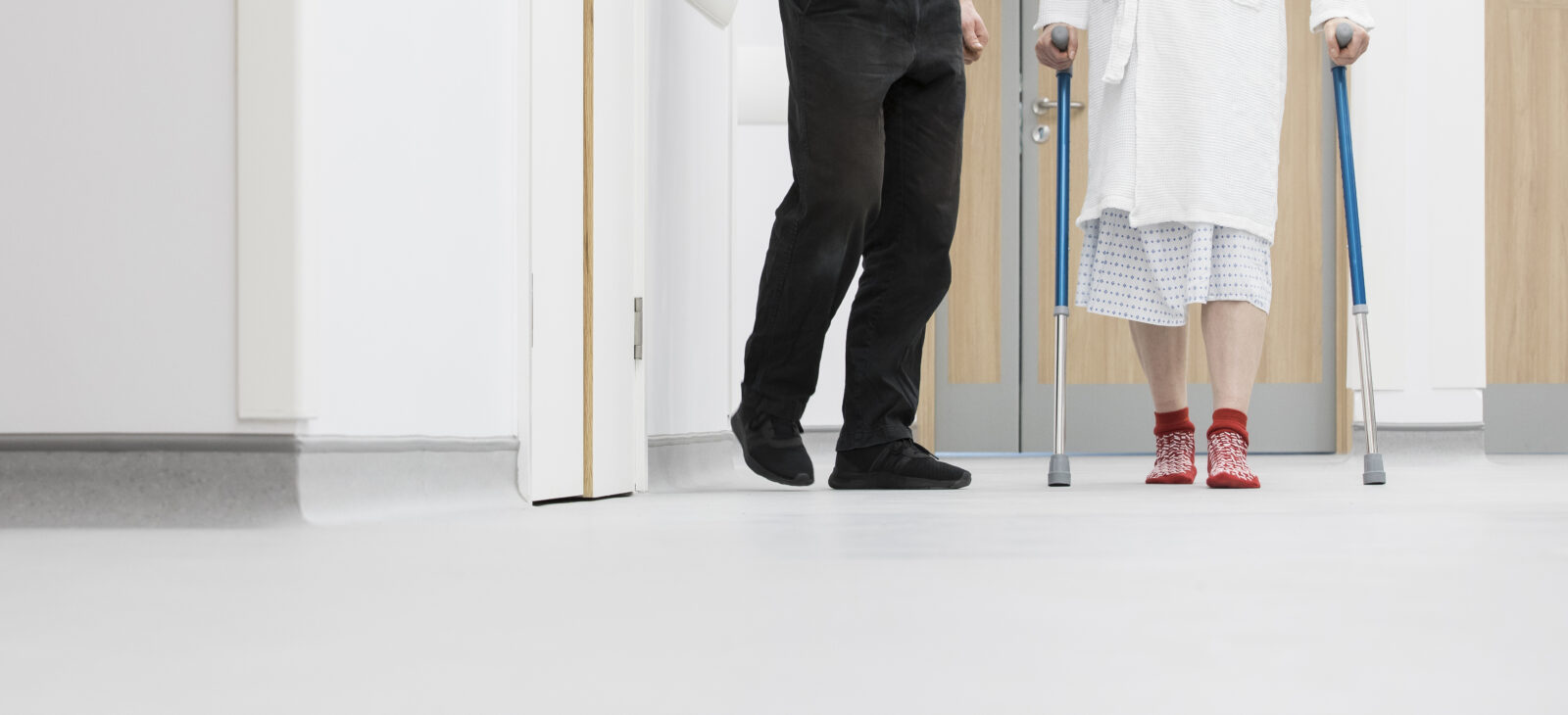Contact number: 020 7806 4060
Everything you need to know
Nail bed surgery is a tailored procedure designed to correct various conditions affecting the nail and its underlying structures. It’s particularly beneficial for those who’ve suffered trauma to the nail, leading to conditions such as subungual hematomas (collections of blood under the nail), nail dystrophy (abnormal nail growth), or even nail loss. Infections that have compromised the nail bed’s integrity can also be addressed effectively through this surgery.
The need for nail bed surgery arises under circumstances such as:
- Traumatic injuries leading to nail and nail bed damage
- Persistent nail infections unresponsive to conservative treatments
- Congenital nail deformities requiring correction
- Tumours or growths affecting the nail bed
Consultants who perform Nail Bed Surgery
Before Surgery
Preparing for nail bed surgery involves several steps to ensure you are fully ready for the procedure. Our team at St John & Elizabeth Hospital will guide you through this preparatory phase, which includes:
- A detailed consultation to discuss the surgery, including its risks, benefits, and expected outcomes.
- Pre-operative assessments to evaluate your overall health and readiness for surgery.
- Instructions on managing medications and dietary requirements before the surgery.
During Surgery
Nail bed surgery is typically performed as an outpatient procedure, meaning you can go home on the same day. Here’s what happens during the surgery:
- Anesthesia: Local anesthesia is administered to numb the affected area, ensuring you experience no pain during the procedure.
- The Procedure: The surgeon will carefully make an incision to access the nail bed. The specific technique used will depend on the condition being treated. For example, in the case of a subungual hematoma, the procedure may involve draining the accumulated blood and repairing any damage to the nail bed. In cases of tumours or growths, these will be carefully removed, and the nail bed repaired.
- Closure and Dressing: Once the nail bed has been adequately treated, the area will be closed with sutures if necessary, and a sterile dressing will be applied.
After Surgery
Recovery from nail bed surgery focuses on healing and monitoring for any signs of infection or complications. Here’s what to expect post-surgery:
- Immediate Post-operative Care: You will be monitored for a short period before being discharged to go home. Instructions on how to care for the dressing and manage pain will be provided.
- Pain Management: Some discomfort is expected after the anesthesia wears off. Pain relief medication will be prescribed as needed to manage this.
- Follow-up Appointments: You will have follow-up appointments to assess the healing process, remove sutures if they were used, and address any concerns you might have.
- Home Care: It is crucial to keep the surgical area clean and dry. You will be given specific instructions on how to do this, including changing the dressing and identifying signs of infection.
It can take between 2 and 6 weeks for the nail bed to heal completely.
How Much Does Private Nail Bed Surgery Cost?
£1,470
Private Nail Bed Surgery costs £1,470 at St John & St Elizabeth Hospital.
Hospital Price Guaranteed. The price shown includes all costs associated with your treatment, from admission to discharge. Doesn’t include surgeon or anaesthetist fee.
Our hospital fee is guaranteed at the price quoted and valid for one month from the date issued, subject to pre-assessment.
How to pay for your treatment
If you’re… paying for yourself
Did you know you don’t need private medical insurance to come to St John & St Elizabeth Hospital? As a self-pay patient, you can access safe, outstanding quality health care at times to suit you.
For scans and tests, as well as to see most consultants, you’ll still need to be referred by a medical professional like your GP, but as a self-pay patient, the process is more straightforward. You won’t need authorisation from an insurance provider, and you’ll have greater choice of consultant and appointment times.
If you’re… insured
St John & St Elizabeth Hospital is approved by all major medical insurance companies. If you have a personal private health insurance policy, or your company provide it for you, you can use it to pay for your care from your initial consultation through to treatment, surgery and aftercare such as physiotherapy. Not all private health insurance plans cover the same things. It’s very important to check exactly what you are covered for with your insurance provider.
Appointment
Your journey begins with an initial consultation with a specialist in nail conditions and surgery.
During this appointment, you will discuss your medical history and any previous treatments for your condition, as well as the specific issues you are experiencing with your nail or nail bed. The surgeon will then examine the affected area to assess the extent of the condition.
Treatment Plan
Based on your consultation, a personalised treatment plan will be developed. This plan will include detailed information on the proposed nail bed surgery, including the techniques that will be used and what you can expect during the procedure.
Aftercare
Following your surgery, you will receive detailed aftercare instructions. Adhering to these instructions is crucial for a successful recovery. You may also be provided with recommendations for any additional follow-up treatments or therapies.
Top Tips for a Successful Recovery
This includes wound care, medication management, and any activity restrictions.
Proper wound care is essential to prevent infection and promote healing.
These appointments allow your surgeon to monitor your healing progress and address any concerns.
Recovery times can vary, and it’s important to give your body the time it needs to heal properly.
If prescribed, participate in physical therapy or exercises to improve recovery outcomes.
Medically reviewed by Mr Aria Ghassemi - MBBS MRCS FRCS MSc Dip (Imperial College) on 28/04/2024

